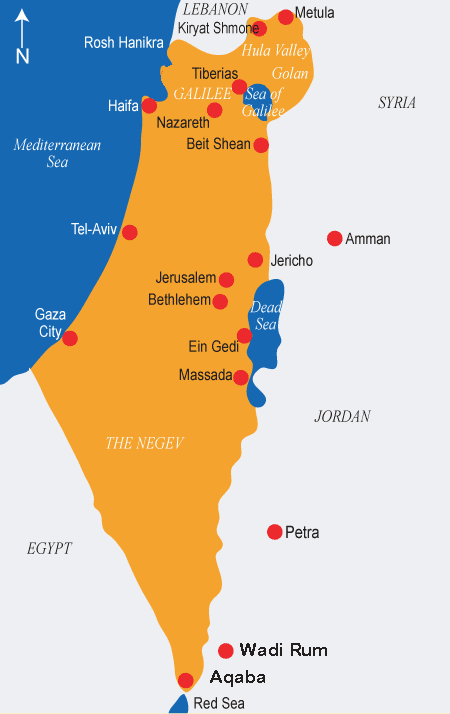
DAY 5
In the morning we took a flight from Cairo, Egypt to Tel Aviv, Israel. |
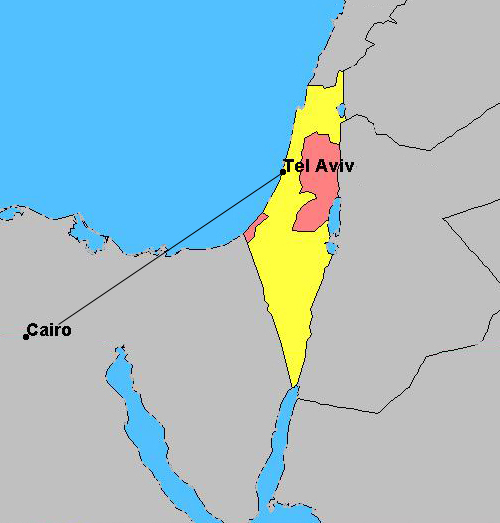 |
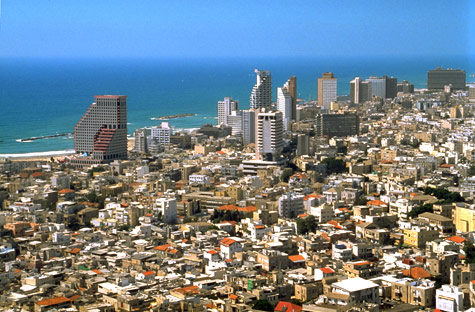

We arrived at
Then we visited the
Port of Jaffa.
From Haim Gan and Leila and Hamoudi Habashi - Jaffa, or as we call it, Yafo,
is an ancient Phoenician city that was taken by the Israelites in the 6th century
A.D. and later fell to the Arabs (636), Crusaders (12th century), and Ottoman
Turks (16th century). Yafo was inhabited mainly by Arabs until the state of
Israel was proclaimed in 1948. Since 1950 the city has been part of Tel Aviv-Yafo.
Overlooking the Mediterranean sea, Jaffa is one of the most ancient towns in
the world. The name of the city in Arabic is Yafa el-Abqa ("Old Jaffa").
Jaffa is a port city on the Mediterranean sea, a picturesque
area with 3 very special places to me - the Andromeda Rock, the Zodiac alleys
and the beautiful seaport.
The Zodiac alleys is a network of restored alleys, named
for the Hebrew signs of the zodiac and is filled with art galleries. This leads
to the Jaffa seaport. The structure of the port retains much of its ancient
history. Today it is used as an functioning fishing port.
The Andromeda Rock. Andromeda means "ruler of men"
in Greek. According to Greek mythology, Andromeda was the daughter of Cepheus
and Cassiopeia, king and queen of Ethiopia. Given to bragging, Cassiopeia asserted
that she was more beautiful than any of the fifty sea nymphs who were daughters
of the sea god Nereus. In revenge, this god of the sea and earthquakes, sent
a flood and a sea monster to plague the land. Cepheus consulted the oracle of
Ammon, and was told that he had to sacrifice his daughter to the sea monster
in order for the problem to end. His panic-stricken people forced him to comply
with the oracle, and he chained Andromeda to a rock by the sea. She was rescued
by Perseus who killed the monster and then married Andromeda.
| Here the Old Testament Prophet Jonah boarded a ship and fled from his call from the Lord to Ninevah. | ||
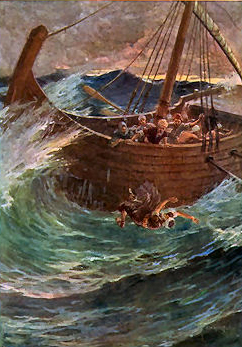 |
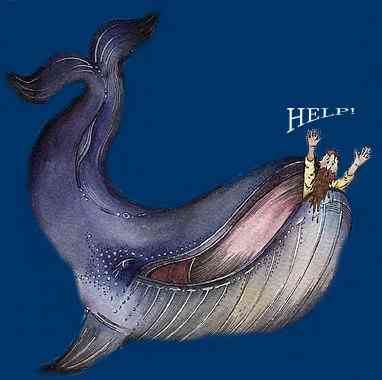 |
|
Also here at Jaffa, Peter was staying at Simon the Tanner's house when he received the great revelation that the gospel is now to be taken to the gentiles.
 Not far from the sea, this ancient alley leads down to the traditional location of Simon's house. |
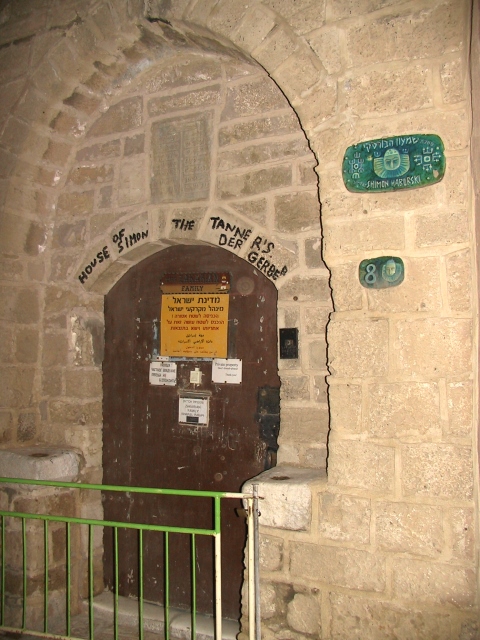 The door of Simon's house (traditional). This current house was rebuilt about 700 years ago. |
|
 The best and funnest place for shopping in Jaffa was the Flea market.
Here you can find clothes, antiques, chess sets, carpets and much, much more.
The flea market retains the feel of an old Middle Eastern market and there are
many good bargains to be made. Bargaining and haggling over the price is customary
and needed in order to get a good deal.
The best and funnest place for shopping in Jaffa was the Flea market.
Here you can find clothes, antiques, chess sets, carpets and much, much more.
The flea market retains the feel of an old Middle Eastern market and there are
many good bargains to be made. Bargaining and haggling over the price is customary
and needed in order to get a good deal.
 Jacky Says: Bargaining is a Middle Eastern hobby and is customary in
many places.
Jacky Says: Bargaining is a Middle Eastern hobby and is customary in
many places.
Here are some guidelines:
1. Never be the first to name a price.
2. If you name a price first, think of what you would like to pay for the item
then half it.
3. Sometimes it is good to be stubborn as a donkey.
| We
then traveled north from Tel Aviv along the coast to |
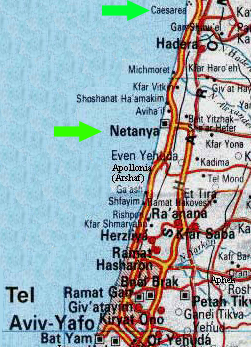 |
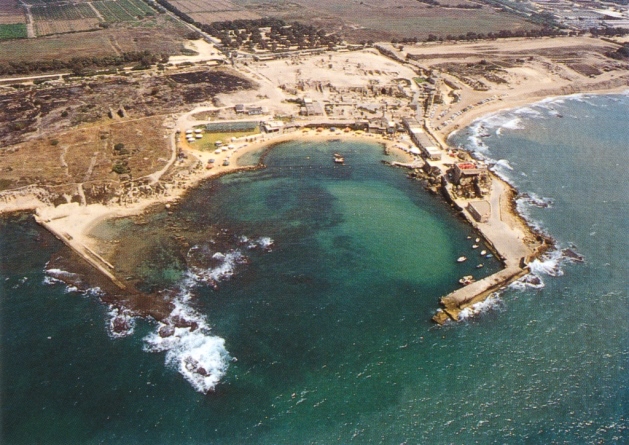 Caesarea and the remains of the ancient Mediterranean harbor |
Harbor |
Remains of the ancient Roman aqueduct |
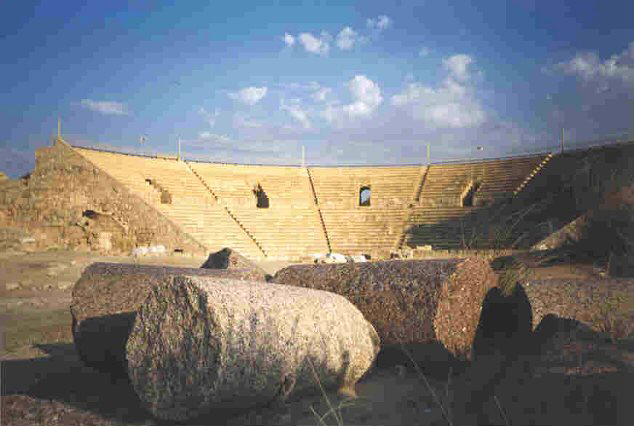 The Coliseum at Caesarea |
Here Peter converted
the Roman Soldier Cornelius.
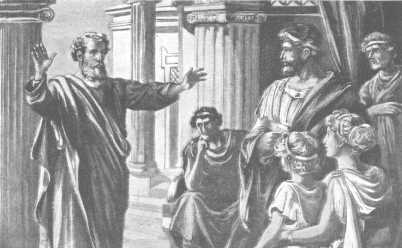
Peter Preaching in the House of Cornelius
| Also here, the apostle Paul made his brilliant defense before King Agrippa. |  |
We then traveled north to Haifa to stay at the Dan Panorama Hotel, 107 Hanassi Avenue, Haifa 34632, Phone: 972-4-8352222. This hotel is a budget 5 star category hotel. Contemporary in style and young in spirit, the Dan Panorama rises high above Mount Carmel, offering thrilling views of Haifa bay and miles of coastline. Ideally located for business travelers, the hotel is directly linked to a stylish mall. All rooms are fitted with a minibar as well as hook-ups for fax and internet. 36 rooms include a kitchenette with a refrigerator and other useful amenities.
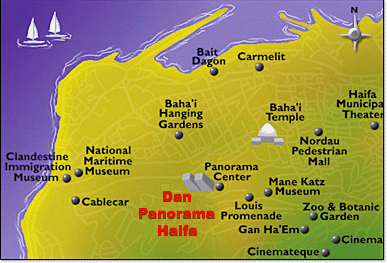
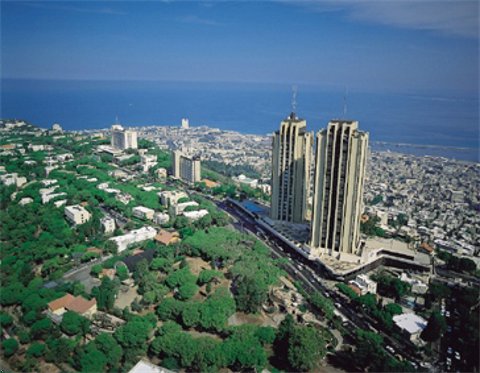

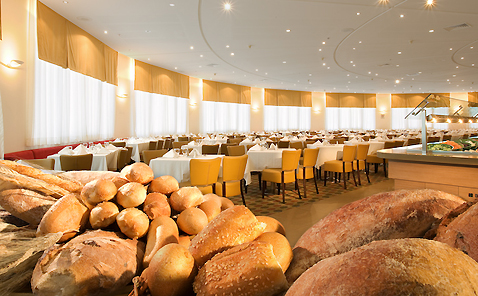
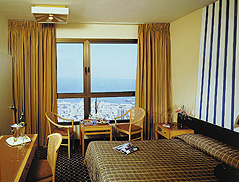
DAY 6 Friday,
May 9, 2008 - H
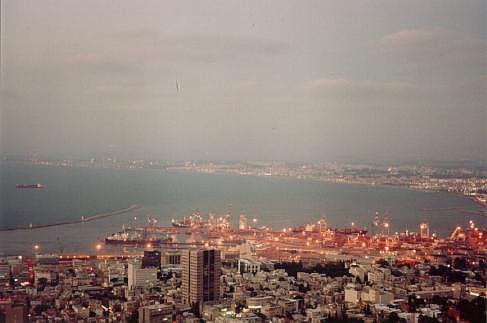
Haifa is situated in a broad natural bay between the beautiful Mediterranean Sea and the inspiring Carmel Mountain, the city's terraced landscape offers a rich variety of breathtaking panoramas, giving the observer the sensation of being on a heavenly peninsula. To the Northeast, across the sparkling waters of the harbor sits the medieval walled fortress city of Acre.
Elder James E. Talmage
dedicated the
. 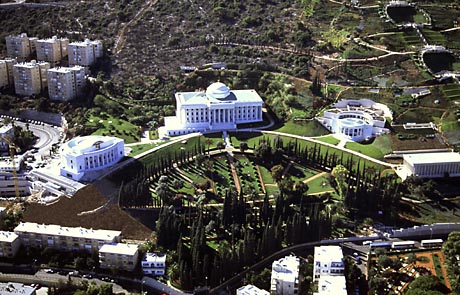
Mt. Carmel
 Bahia Gardens
Bahia Gardens
Next we visited Muhraqa, 16 miles south-east on the Carmel ridge. There is a picnic area.
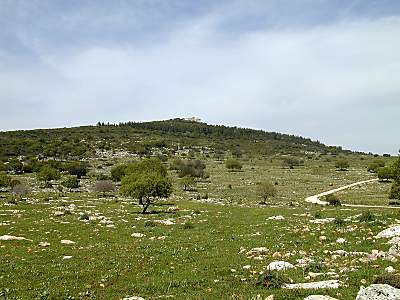
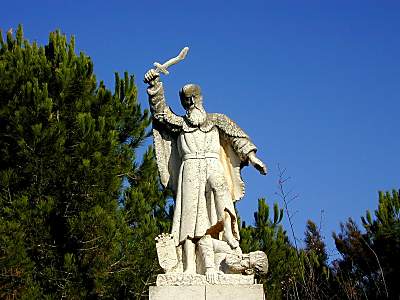
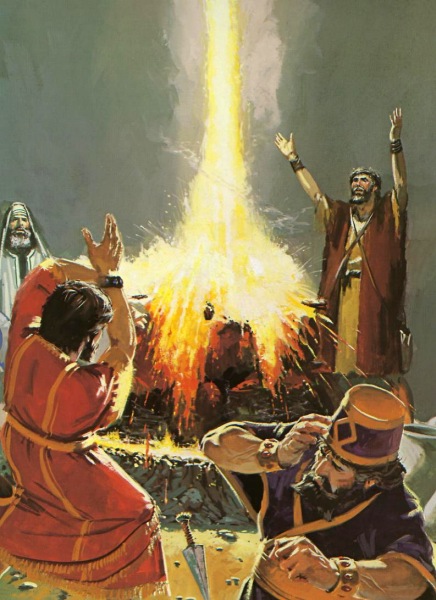
Here is where Elijah the Prophet had his great encounter with the wicked priests
of Baal.
From this towering
hill we had our best view of the
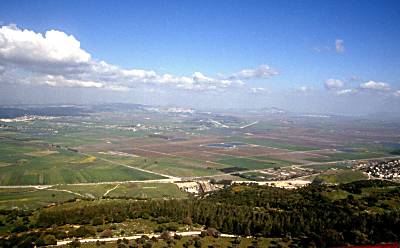
We then drove to Tel Megiddo, a large archaeological Tel in which 25 layers of settlement were uncovered, from the Neolithic era until the Persian period. Known in Hebrew as Megiddo, a giant fortress and city was built here by King Solomon. In the New Testament it is referred to as the site of the "final battle", The Battle of Armageddon.
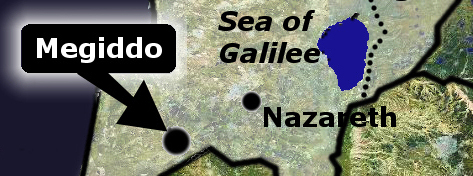
A “tel” in archaeological terms is a mound that grows up by successive cities being built and destroyed on top of the same location. Archaeologists can dig a trench down the side of such a mound to determine how many layers may be in the mound. They have other techniques for finding gates and some other important structures.
Tel Megiddo Ruins
Then on to Nazareth where we visited the Church of the Annunciation where Gabriel appeared to Mary |
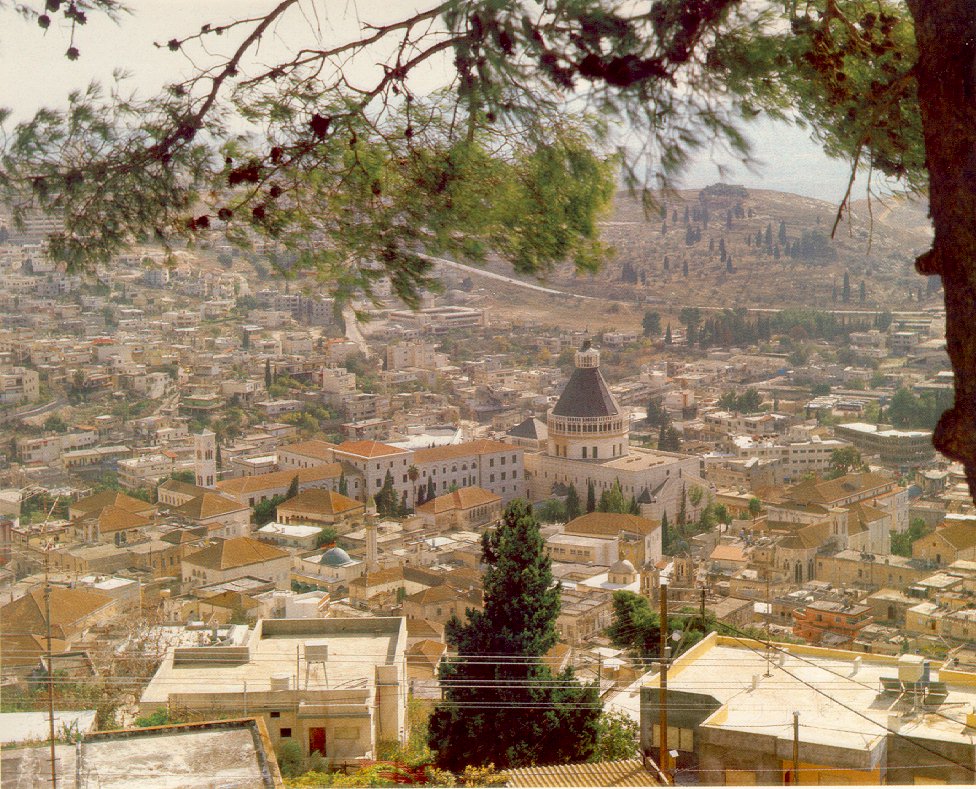 We experienced the Nazareth and got a feel for what things would have been like in the early life of Jesus. |
We stayed at the Plaza Hotel in Nazareth, 2 Hermon Street, Nazareth 17000, Israel, phone 011-972-4-602-8200. All rooms have city view with Nazareth hill side and scenic panorama. Room facilities includes: Air-conditioning, TV, radio, direct-dial phone, hairdryer and automatic wake-up call. Other facilities: 6 lifts, Portrage and room service 24 hour, Laundry and Disabled facilities.
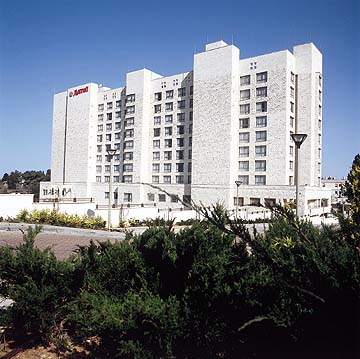

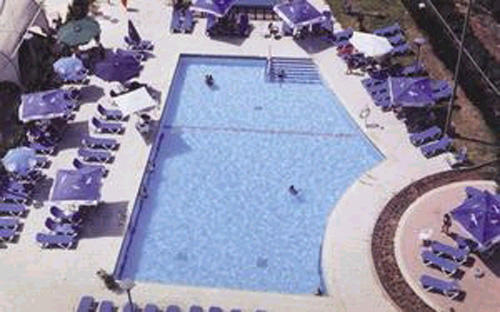
DAY 7 Saturday, May 10, 2008 - MT. OF TRANSFIGURATION, MT. OF BEATITUDES, TABGHA, CAPERNAUM, ST. PETER PRIMACY, SEA OF GALILEE

After breakfast, we took taxi rides up Mt. Tabor to review the marvelous
events that took place on the Mount of Transfiguration with Peter, James,
and John.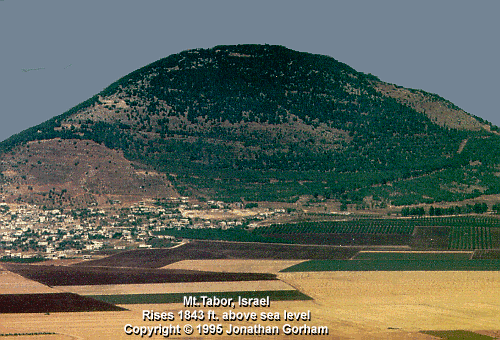 |
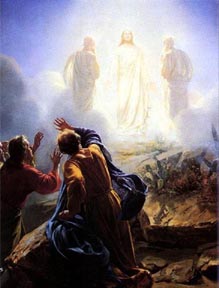 |
We reviewed the greatest sermon ever delivered as we visit the Mount of Beatitudes, a small hill overlooking the Sea of Galilee near Tabgha.

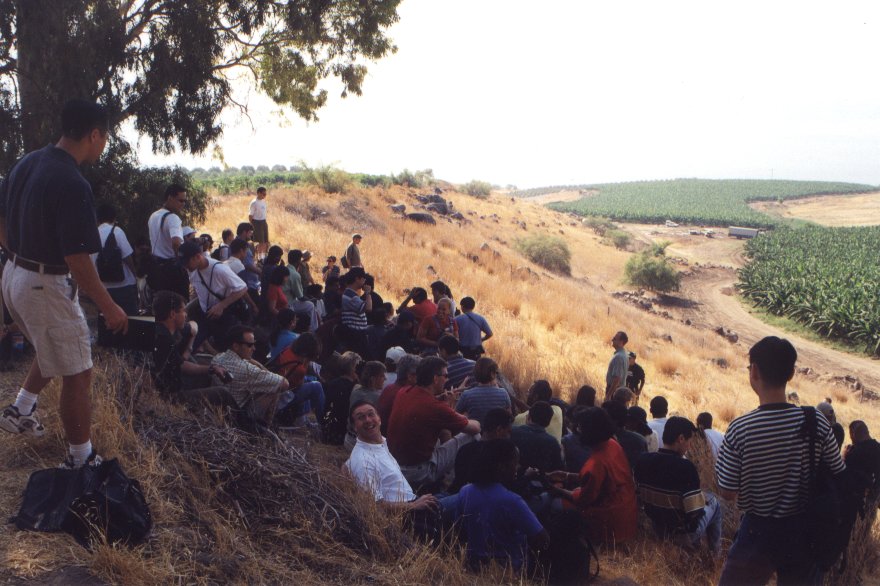
Below the mount lies what Josephus referred to as the "well of Capernaum." Also
known as Heptapegon, el-Oreme, En Sheva, 'En Sheva, et-Tabgha. The name derives
from the Greek Heptapegon (from the "seven springs" once known there), the name
was later corrupted to Tabgha. There is no place around the Sea of Galilee where
the traditions of Jesus and his disciples are more prevalent than here.. There
is also probably no place with more natural beauty; with lovely flowers; the
flowing of pleasant springs; and abundant shade trees.
The seven springs that emerged at Tabgha (today only six
have been discovered) produced warm water, which in turn attracted the fish
because of algae growth. This meant that the area may have been popular with
fishermen for thousands of years. Recently a harbour was discovered, the curved
western breakwater being 60 meters and another 40 metres long.
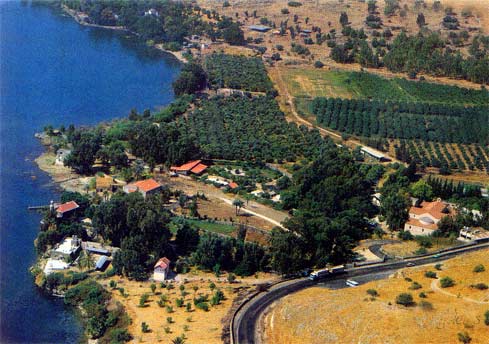
Some New Testament events commonly associated with the Tabgha area are the reinstatement of Peter, the miraculous catch of fish and the miracle of loaves and fishes. Tabgha is the traditional location for the calling of the disciples. Jesus called two brothers (James and John) who were preparing their nets.
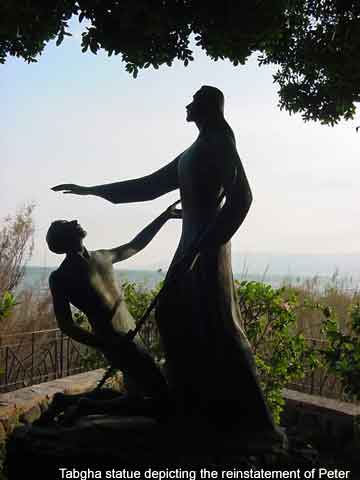 |
Jesus is said to have restored Peter to his old position amongst the disciples, after the latter had denied him three times at Gethsemane. Catholic Christians believe this was the occasion when Peter was made the single leader of the Church. (John 21:1-24) |
However, during the night of fishing, Peter and the disciples who joined him caught nothing. In the morning, they were amazed to see their risen Master on the beach. He had already prepared a meal of fish and bread for them. He then directed the tired fishermen to cast their net once more on the other side of the boat. In so doing they caught a great number of fish, 153 in all. With this, Peter seems to have permanently forsaken any idea of fishing. From that point on he would become a true "fisher of men."
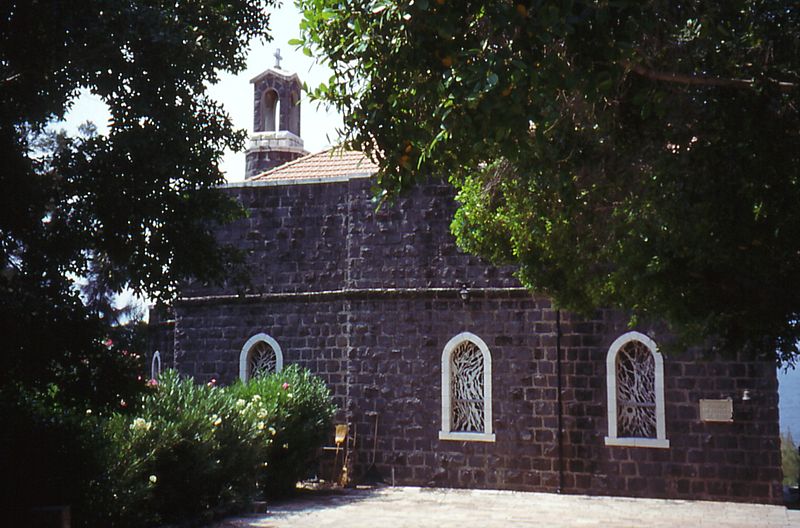
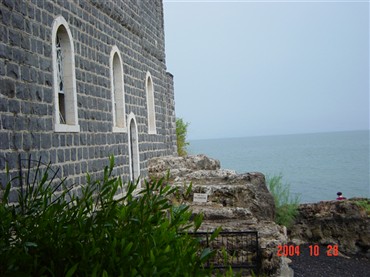
The Chapel of the Primacy, also known as St Peter's Church. A chapel built here in the fourth century was destroyed in 1263; the present chapel, in black basalt, was built by the Franciscans in 1933. This simple aisleless building commemorates the appearance of the risen Christ to his disciples on the shores of the lake, when he gave Peter primacy over the church with the thrice repeated injunction: "Feed my lambs ... Feed my sheep ... Feed my sheep" (John 21,15-16).
Then on to Capernaum. The site is a ruin today, but was inhabited from 150 BC to about AD 750. The town is mentioned in the New Testament in the Gospel of Luke is reported the home of the apostles Peter, Andrew, James and John, as well as the tax collector Matthew. According to Luke, Jesus taught in the synagogue in Capernaum, and a building which may have been a synagogue of that period has been found beneath the remains of a later synagogue.
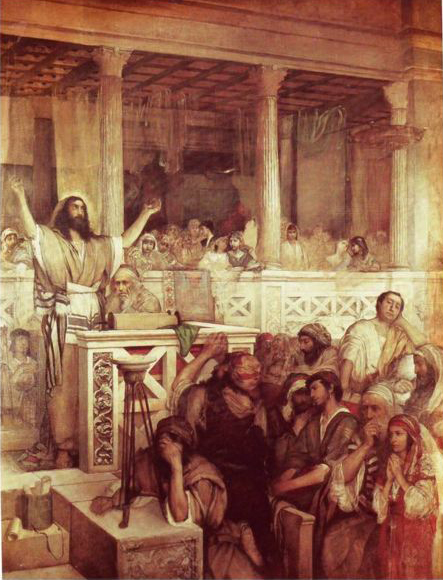
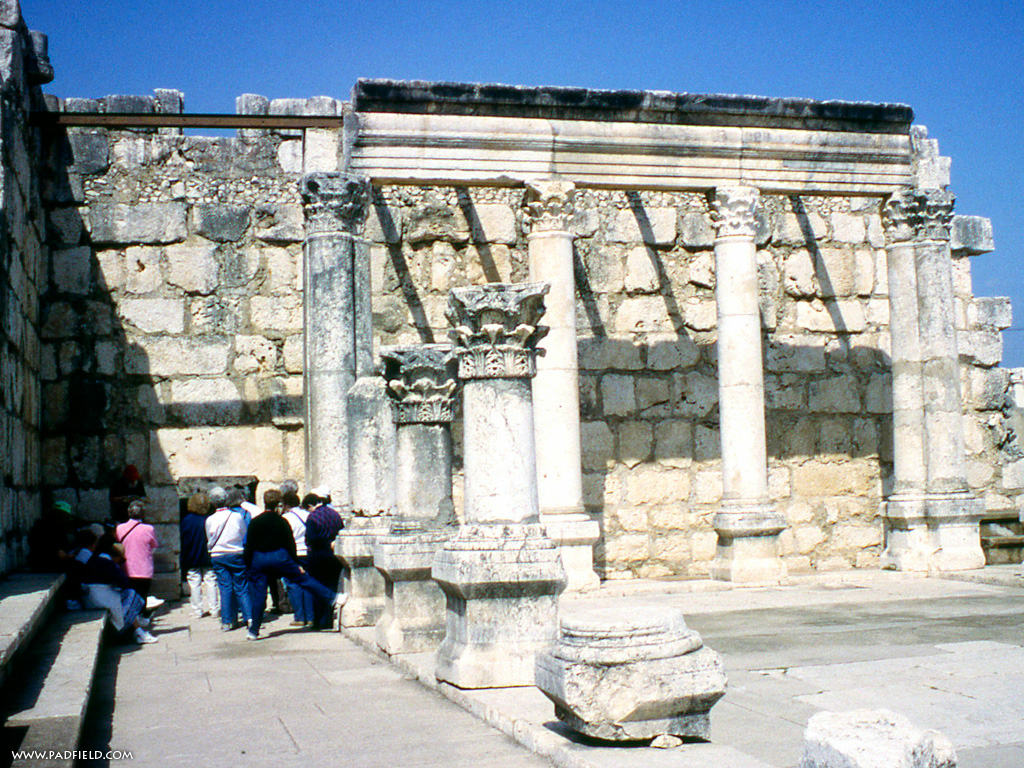
The Sea of Gallilee lies roughly 650 feet below sea level and is 14 miles long and 7 1/2 miles wide at its widest point. The Sea is the major source of fresh water for the entire country. The Sea, really a lake, lies on the ancient "Via Maris," a route that linked Egypt and Mesopotamia.
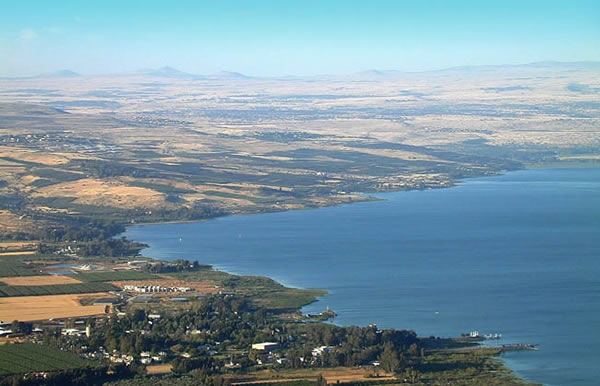
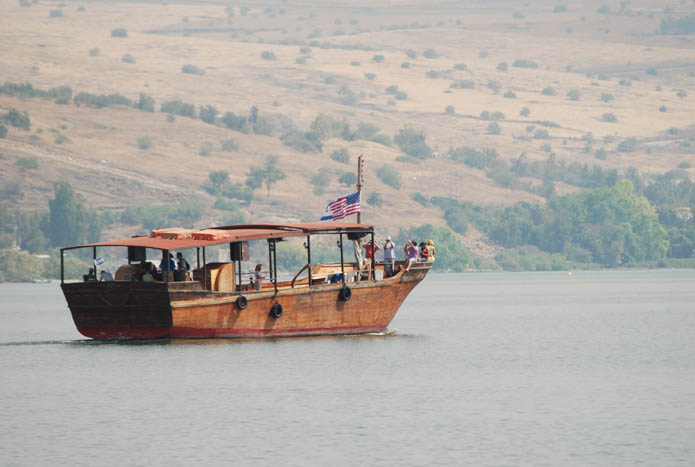 We took a boat ride on the Sea of Galilee. |
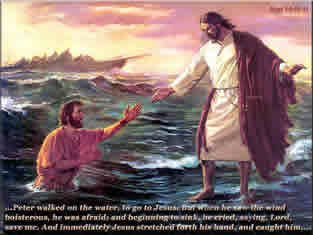 We reviewed the scriptures of Christ calming the sea and walking on the water. |
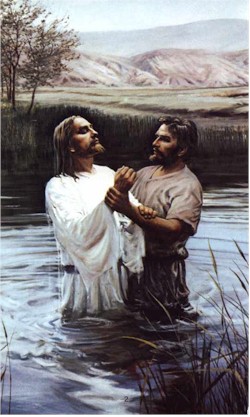 |
We visited Yardenet on the Jordan River, the traditional site of Christ's baptism. |
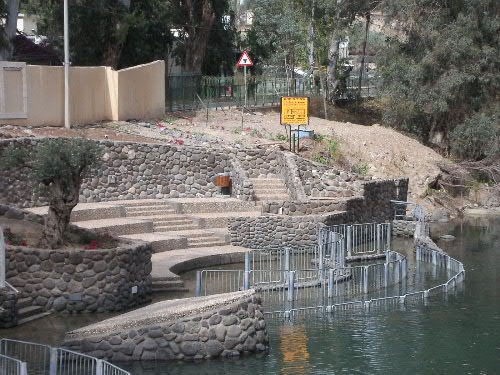 |
Tel el-Husn (Beit She'an) sits at a very strategic place
as it dominates the entrance to the Jezreel Valley from the Jordan Valley just
south of the Sea of Galilee. The name el-Husn means “Fortress Hill.” It controlled
the major roads anciently as well as fords across the Jordan at this point.
It had available water via several springs in the area and is in a sub-tropical
region rich with vegetation.
It was very important in Biblical history. The Egyptians
and Philistines had garrisons here. King David kept it as a royal city and King
Herod built an elaborate resort.
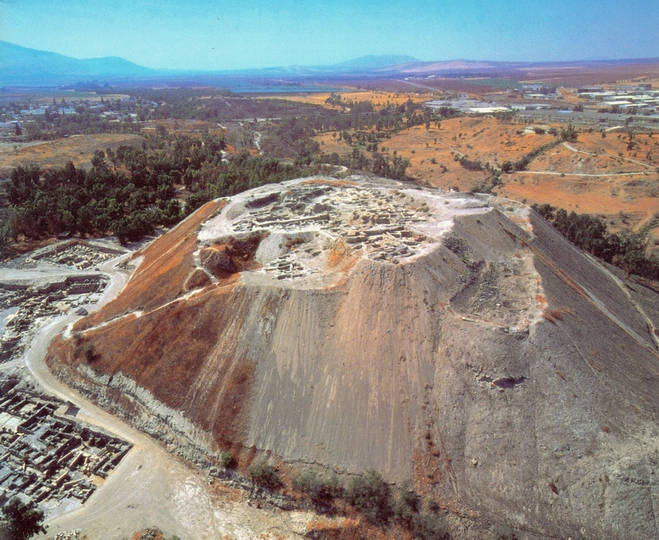 |

At the end of Saul's reign, the Philistines fell upon the Israelites in their
camp. Many of the men of Israel were slain in the fight, and many more fled.
Saul's three sons including the one of them the brave and noble Jonathan, were
killed.
When Saul saw that the battle had gone against him, that
his sons were slain, and that his enemies were pressing closely upon him, he
called his armor-bearer and said, "Draw your sword and kill me; it would
be better for me to die by your hand than for the Philistines to come upon me
and kill me." But the armor-bearer would not draw his sword against his
king, the Lord's anointed.
Then Saul took his own sword and fell upon it and killed
himself among the bodies of his own men.
On the next day the Philistines came and took off Saul's
armor and sent it to the temple of their idol, Dagon. They fastened the bodies
of Saul and his three sons to the wall of this Canaanite city. Some men of Jabesh,
a city which Saul rescued, rose up in the night and took down from the wall
the bodies of Saul and his sons and carried them to Jabesh. That they might
not be taken away again, they burned them and buried their ashes under a tree.
They mourned Saul seven days. Thus came to an end Saul's reign of forty years,
which began well, but ended in ruin because he forsook the Lord God of Israel.
We then journeyed south and crossed into the Hashemite Kingdom of Jordan.
DAY 9 Tuesday, May 12, 2008 and DAY 10 Tuesday, May 13, 2008 JORDAN See our visit of Jordan
DAY 11 Wednesday, May 14, 2008 - MASADA, EIN GEDI, QUMRAN, JERUSALEM After visiting Jordan, we traveled north from Aqaba on the west coast of the Dead Sea and explored Masada, where the last group of Jews held out during the Roman invasion of Israel at 70 A.D.
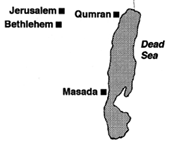

We paused for lunch and a brief float in the Dead Sea. Ein Gedi beach is on the shores of the Dead Sea, at the foot of the Judean Hills to the west, and facing the Mountains of Moab to the east, at the lowest spot on earth, 1290 feet below sea level. Nature has created thermo-mineral springs here with healing properties found nowhere else. The Ein Gedi Beach is often mobbed with tour buses and weekending Israelis, but it's guarded, and a fun place to try the experience of floating on the Dead Sea. There are showers on the beach, and changing rooms available for NIS 5 ($1). This section of the Dead Sea does not purport to have the same healing properties as the more mineral-heavy waters farther south, but the super buoyant experience is the same.
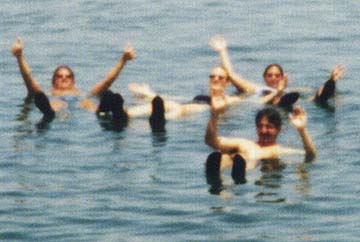
It was at Ein Gedi that David hid from Saul and spared Saul's life Around 1000 B.C. 1 Samuel 23:29-24:4 And David went up from there and lived in the strongholds of En Gedi. After Saul returned from pursuing the Philistines, he was told, "David is in the Desert of En Gedi." So Saul took three thousand chosen men from all Israel and set out to look for David and his men near the Crags of the Wild Goats. He came to the sheep pens along the way; a cave was there, and Saul went in to relieve himself. David and his men were far back in the cave. The men said, "This is the day the LORD spoke of when he said to you, 'I will give your enemy into your hands for you to deal with as you wish.'" Then David crept up unnoticed and cut off a corner of Saul's robe.

We then journeyed
on to
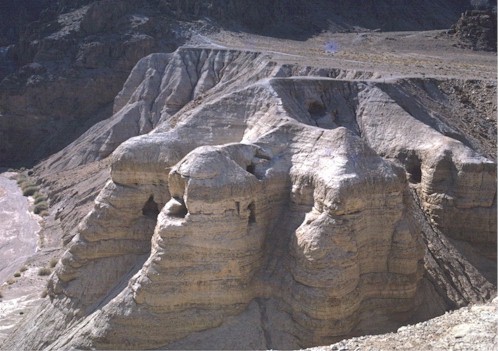
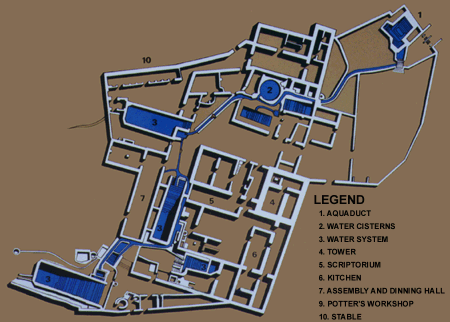
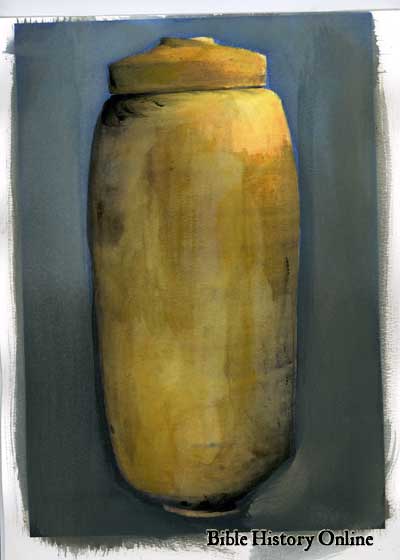
We also saw the wilderness place where Jesus went before his mission.
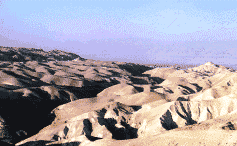
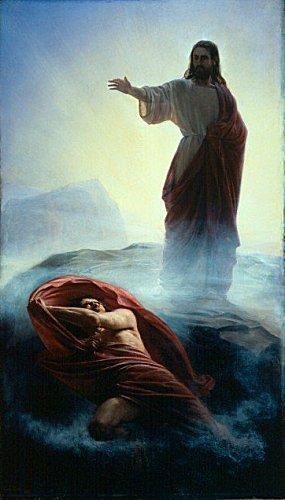
| As we made our way north to the holy city of Jerusalem, we drove on the Jericho Road of the Good Samaritan. | 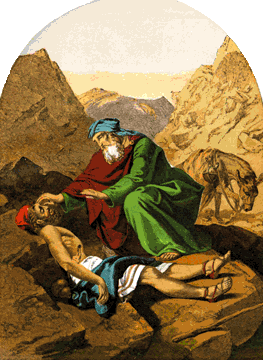 |
We arrived in
Jerusalem, Israel, phone 972-2-6270800. This sophisticated, modern hotel, located
in the heart of Jerusalem, is a pleasant five minute walk from the Old City
and a mere ten minute walk from the New City center. Beginning its life as a
YMCA, the 1960's building has been meticulously renovated to give that perfect
blend of old charm and elegance with today's convenience and design simplicity.
From the high ceilings and modern furnishings of the lobby to the elegance and
serenity of the restaurant on the top floor, there is no detail left untouched.
All converge exquisitely to transport each guest. Moreover, the breathtaking
panoramic views of Jerusalem, afford guests a chance to survey the many splendors
the city has to offer. Its 49 elegant rooms are designed with comfort in mind
and cater to travelers by providing free wireless internet and other standard
communication technologies. Each has been completely redesigned and decorated
in a classic modern style – to ensure your luxury, comfort and privacy. Free
wireless internet, Air-condition / Central Heating, TV with LCD screens, Direct
dial up telephone and voice mail service, Safe box, Mini bar, Hairdryer, bathrobe,
slippers, amenity trays.
Jerusalem Legacy Hotel
Return to Top
DAY 12 Thursday,
May 15, 2008 - TEMPLE MOUNT, OLD CITY OF DAVID, POOL OF BETHESDA
We
visited the
A prominent figure on the Jerusalem skyline, the shining Dome of the Rock was built from 685 to 691 CE as a shrine for pilgrims. Its base is octagonal in shape and its outer walls are 60 feet high. In the Middle Ages, Christians and Muslims both believed the dome to be the biblical Temple of Solomon. The Knights Templars made their headquarters there during the Crusades, and later patterned their churches after its design.
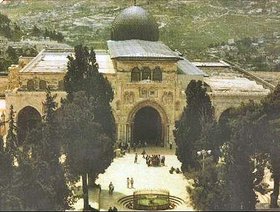
The Al-Aqsa Mosque (Arabic Masjid Al-Aqsa, "farthest mosque") is part of the complex of religious buildings in Jerusalem known as either the Majed Mount or Al-Haram ash-Sharif (the Noble Sanctuary) to Muslims and the Temple Mount to Jews. Muslim tradition states that Muhammad ascended to heaven from the Mount in 621, making the mosque the third most holy shrine in Islam.
Next the Western Wall of the Temple Mount, the "Wailing Wall" is considered
by both Jews and Muslims as a significant and holy site. Today there is a fence
(mechitza) separating men from women - Orthodox Jewish men don't believe that
it is acceptable to pray right alongside women. Men, of course, are given the
much larger area for prayers.
For the Jews, it is one of the last remaining portions
of the ancient Temple of Solomon (an outer wall, in fact). The original length
is estimated to have been around 485 meters; today what remains is just 60 meters
long. The largest stone is 45 feet long, 15 feet deep, 15 feet high, and has
an estimated weight of more than one million pounds.
Then, we continued on the south end of the
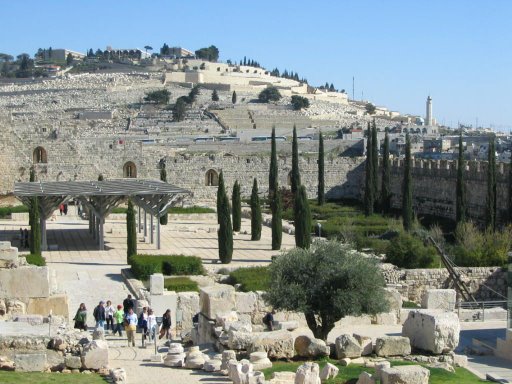
The Trumpet Stone
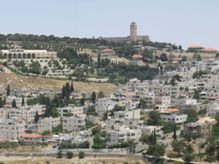
We viewed the Old City of David
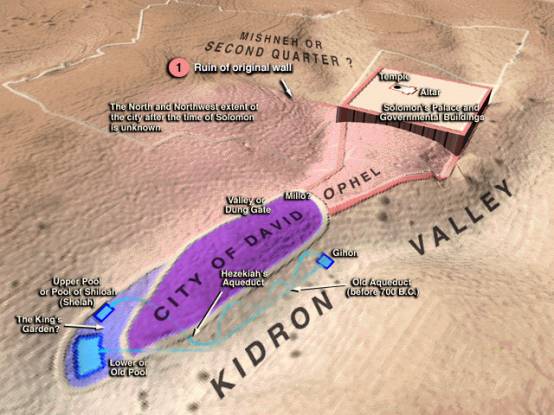
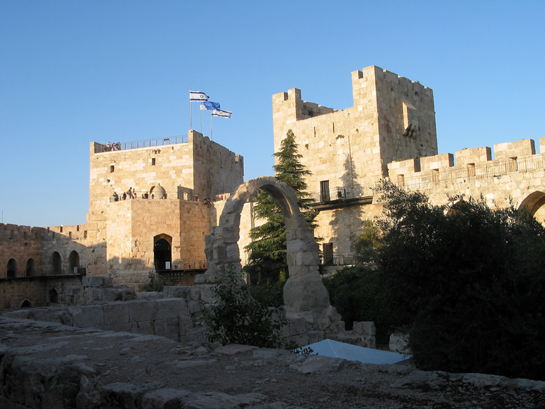
The Old City of David
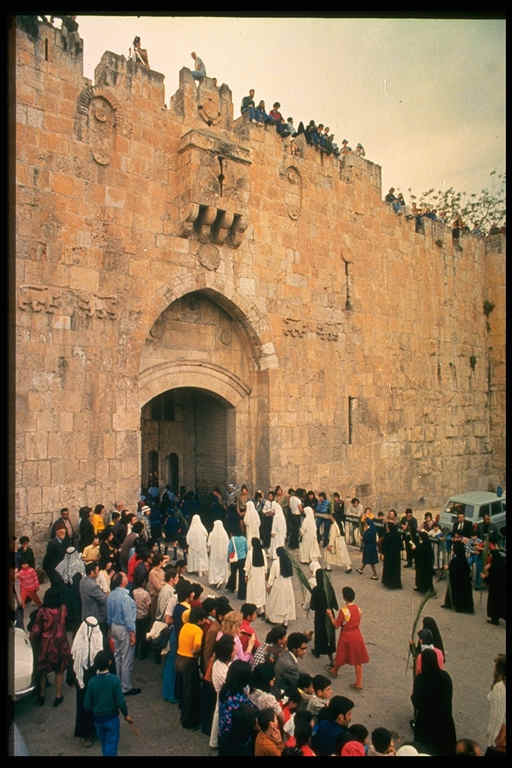
We entered Stephan's Gate. This gate is near the beginning of the Via Dolorosa.
It is named for the sculpted lions on either side of the gate. It was built
by Suleiman the Magnificent in 1538. According to legend, Suleiman had a dream
one night that lions were tearing him apart. When he woke up, he took the dream
as a warning from God that he should take better care of the holy city Jerusalem,
so Suleiman began building the walls. The lions on the gate were a reminder
of that dream.
Christians call the gate St. Stephens Gate, because legend
says Stephen was dragged outside the city through this gate before he was stoned
to death.
The Arabs call the gate Miriam’s Gate (or Mary’s Gate)
because Mary, the mother of Jesus, was born at a house just inside the gate,
according to legend.
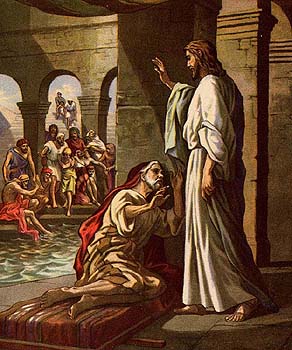
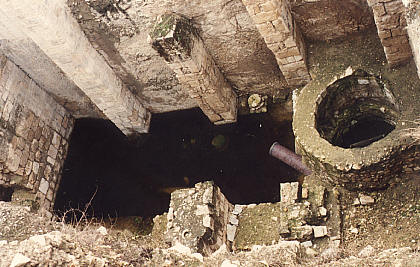
We visited the Pool of Bethesda where Christ healed a man.
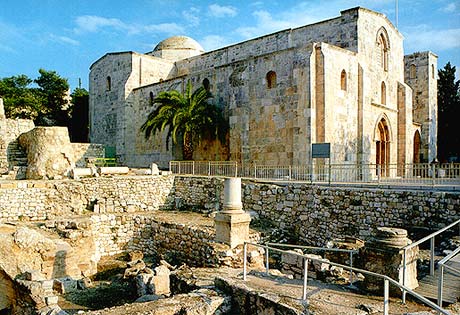
and then passed by
We walked under the
Ecco Homo Arch where it is believed that Christ was brought before Pilate and
where the soldiers mocked him.


DAY 13 Friday, May 16, 2008 - HEZEKIAH'S TUNNEL, SHRINE OF THE BOOK MUSEUM, JERUSALEM MODEL, BETHLEHEM
We traveled through Hezekiah's Tunnel that ends at the Pool of Siloam

We visited the Shrine of the Book Museum.
Then the Model City of Jerusalem during the 2nd Temple Era.
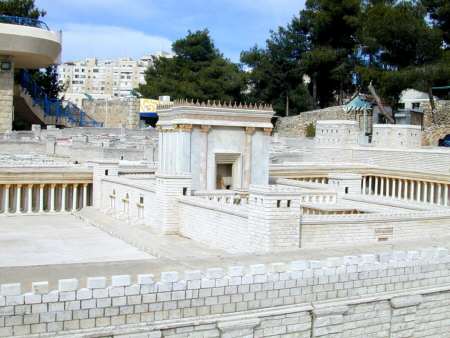
Finally, we visited the Shepherd's Field just outside Bethlehem.
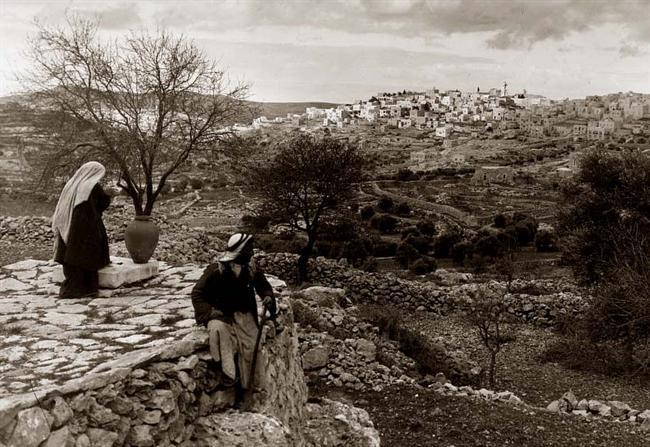
We viewed
Then entered 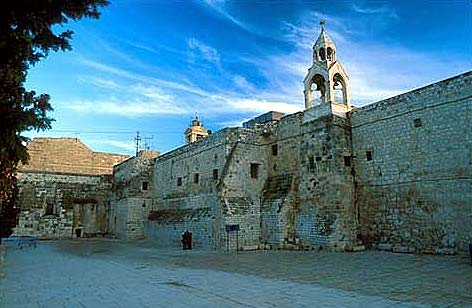
 We did more shopping and site seeing in
We did more shopping and site seeing in
DAY 14 Saturday,
May 17, 2008 - GETHSEMANE, MT. ZION, UPPER ROOM, GARDEN TOMB This was
a most sacred day as we reviewed the last week of the Lord's life and His Great
Atoning Sacrifice for all. We started the day visiting Bethphage, where his
disciples borrowed a donkey for the Lord to make his Triumphal entry into the
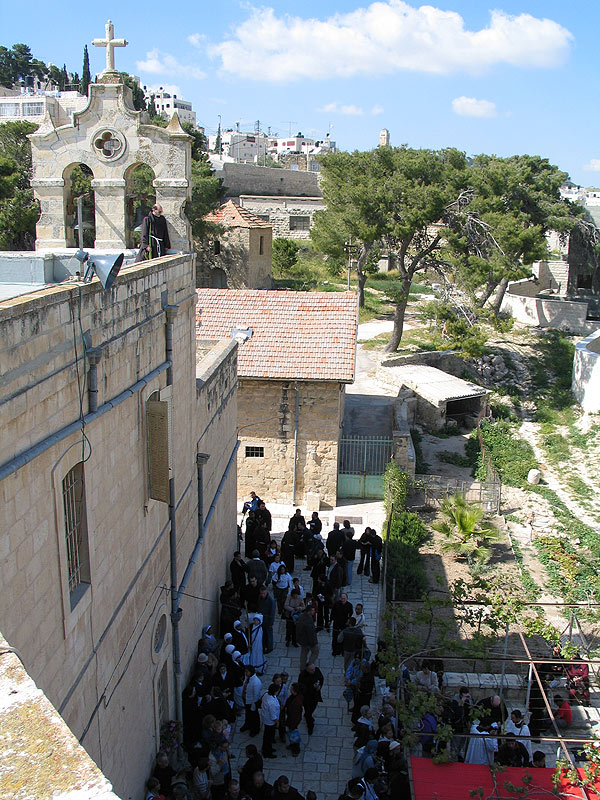
At the
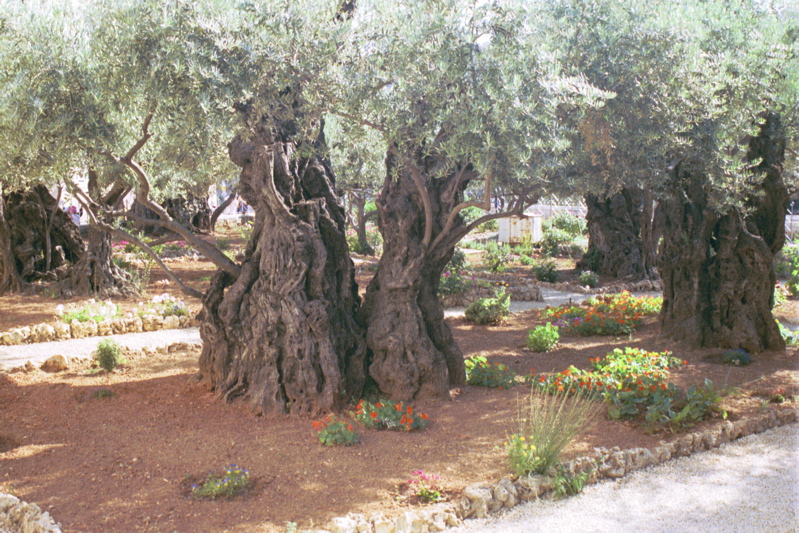
We then moved to Mt. Zion. This is an archaic term that originally referred to a specific mountain near Jerusalem (Mount Zion), on which stood a Jebusite fortress of the same name that was conquered by David. "Zion" became applied to the section of Jerusalem where the fortress stood, and after Solomon's Temple was built there, it came to refer to the temple grounds and the temple itself. Today "Zion" is often used metaphorically, to symbolize Jerusalem and the Promised Land to come, in which God dwells among his chosen people.
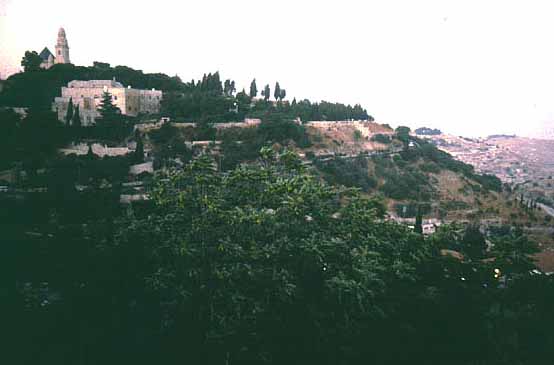
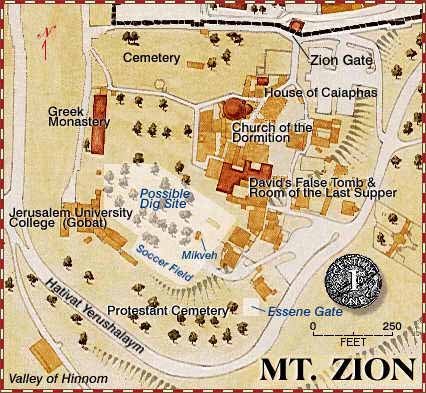
Then St. Peter's of Galicantu - the place where the cock crowed thrice and Christ was illegally tried before the Sanhedrin.
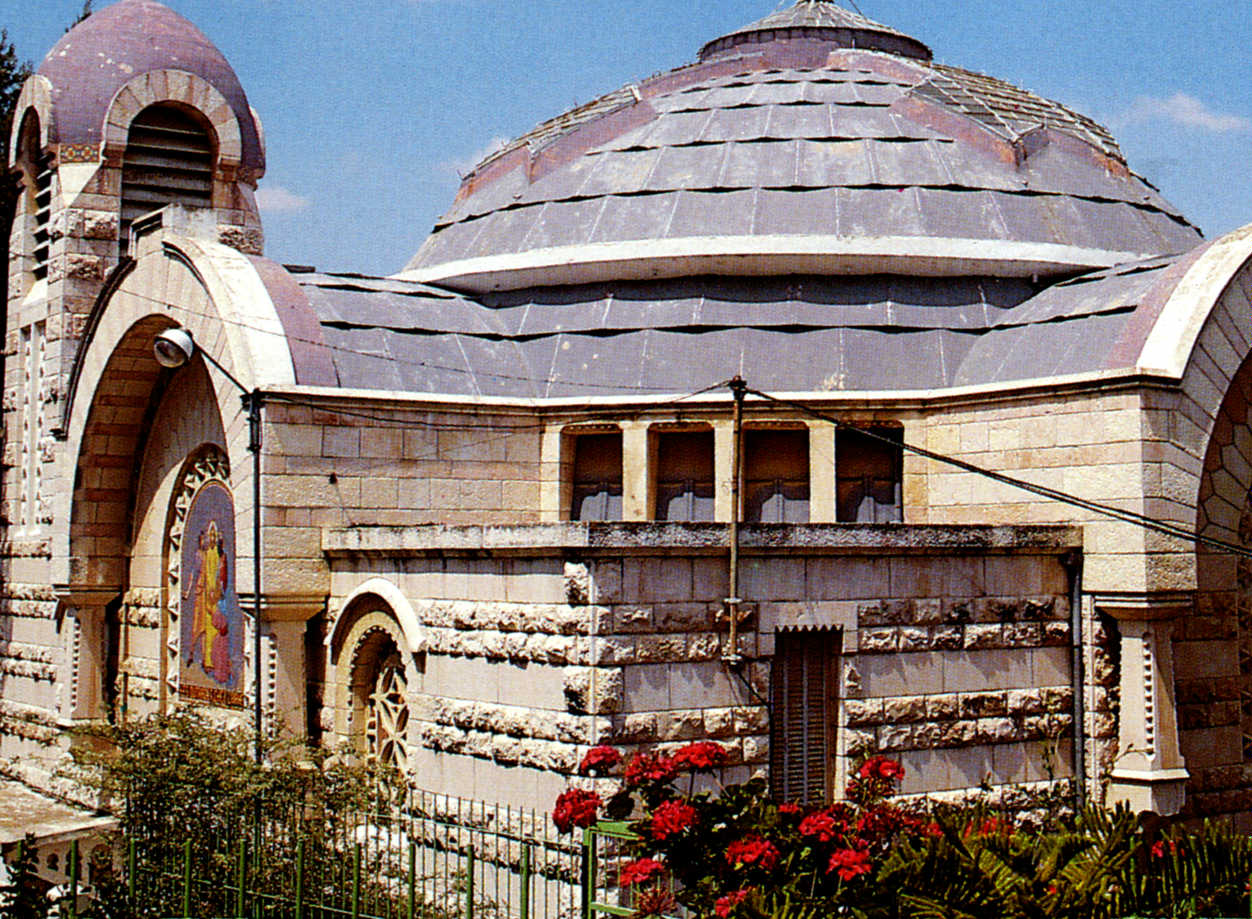
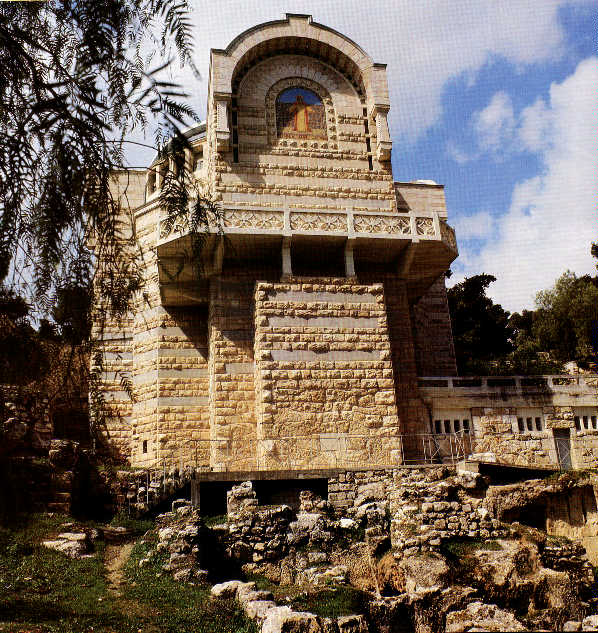
Next, we visited the "upper room", the traditional site of the last supper. Although the original building has been destroyed, the floor is thought to be the original.
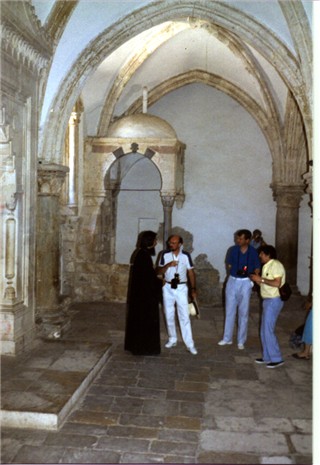
Finally, we moved
on to
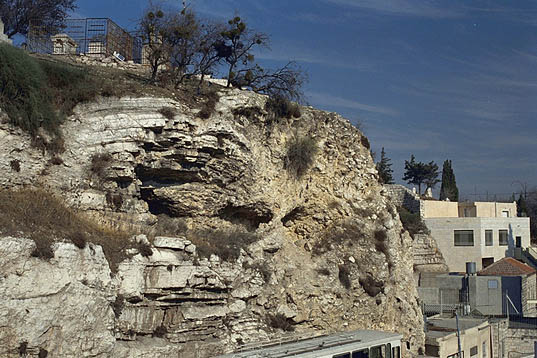
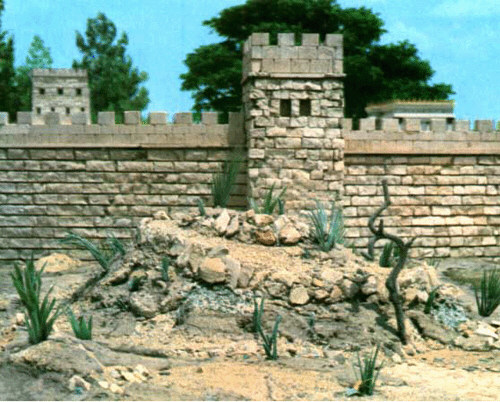
The Garden Tomb where His body remained as His Spirit visited the Spirit World to organize the work for the dead. We felt peace as we walked inside the empty tomb and remember the words of the angel to Mary, "He is not here, for he is risen!"
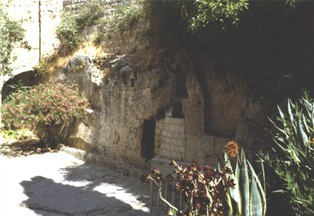
See our visit to Egypt See our visit to Jordan Return to Holtzendorff Vacation Pictures Return to Top
Web Hosting and Design by Deborah Holtzendorff ©Copyright 2008 ArticHosting.com